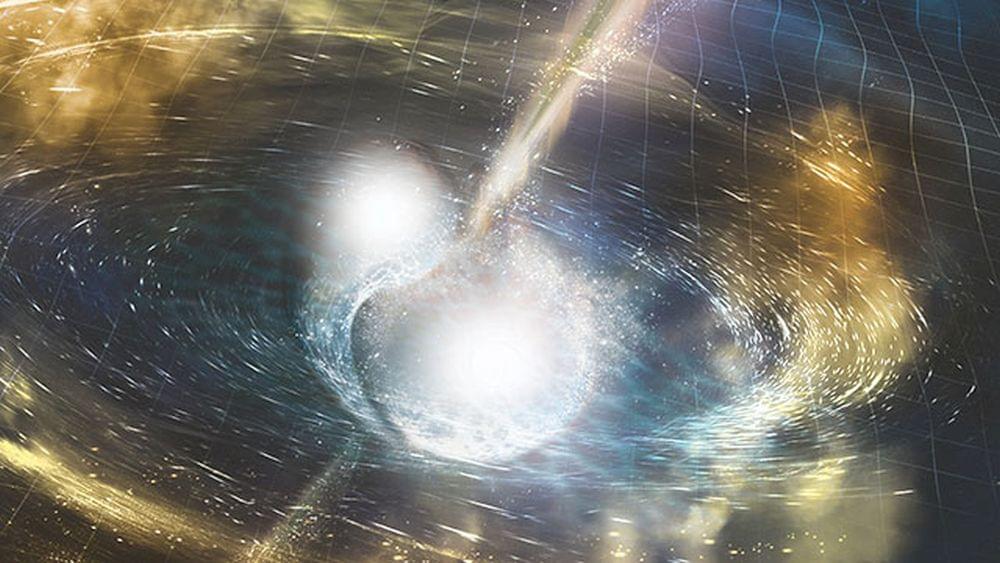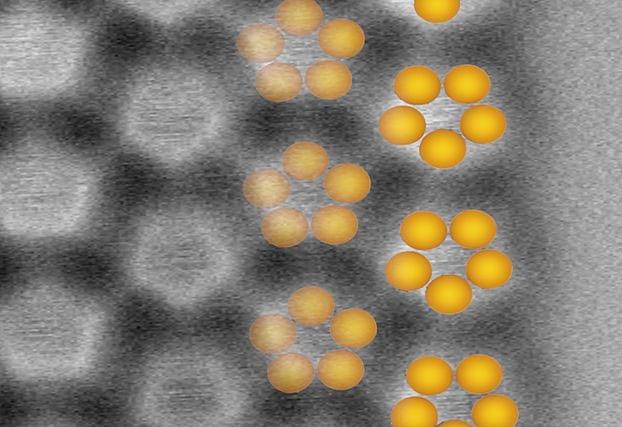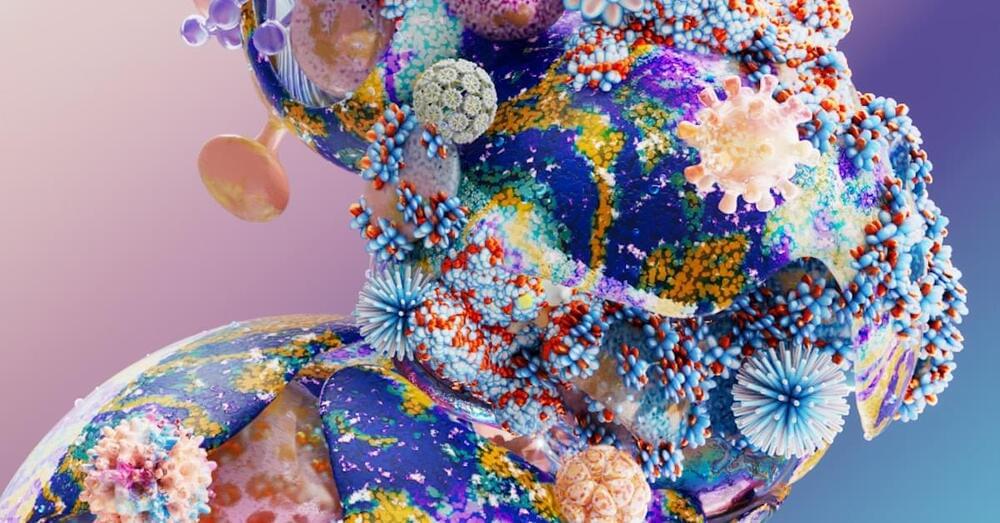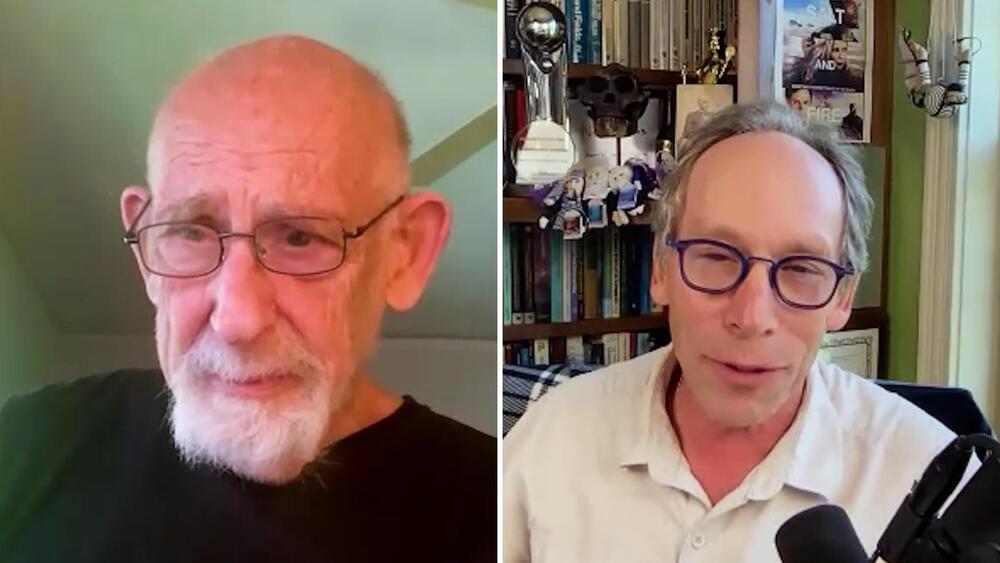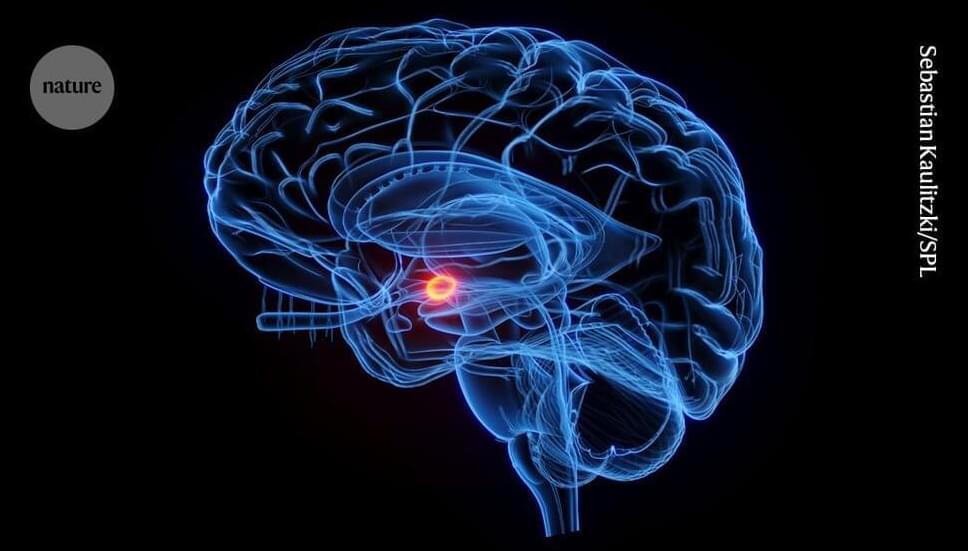If you thought the Great Reset was a lot to process and fight, hang on to your hats. The global elite, never satisfied with their power and always seeking more, have introduced a new phase of their agenda. Called the “Great Narrative,” it capitalizes upon the decay in Western values to realign power. It is not a coincidence that in the World Economic Forum’s “8 Predictions for the World in 2030” video, #2 was “The U.S. won’t be the world’s leading superpower. A handful of countries will dominate” and #8 was “Western values will have been tested to the breaking point.”
This Great Narrative framework is enabled by more than just pure societal malaise. It harnesses advanced technologies, from artificial intelligence to robotics to help shift the power structure in a new world order. Glenn Beck covers this plan and how to fight back in his truly important new book, “Dark Future.”

